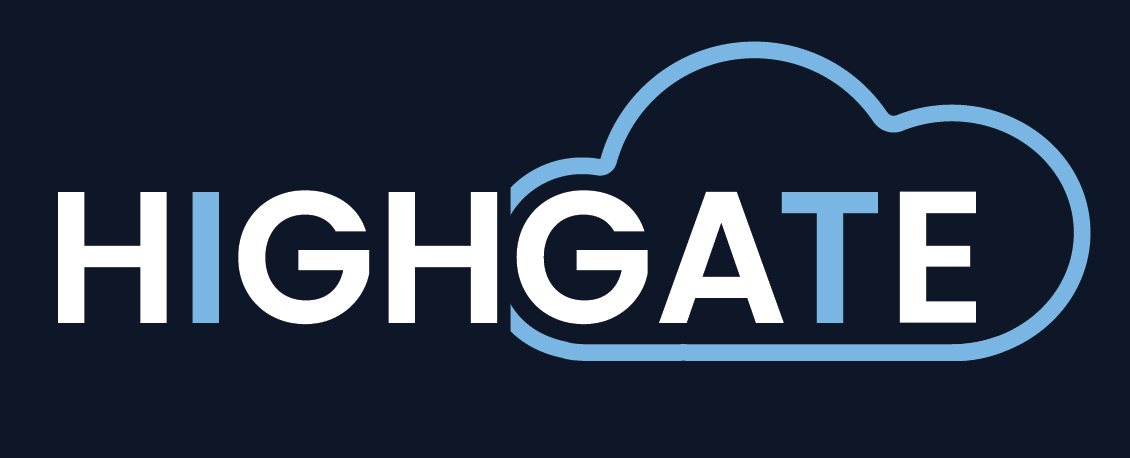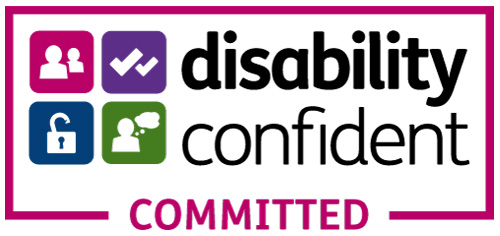
In partnership with Cyphere – https://thecyphere.com/
In today’s climate, organisations must do their homework to protect themselves in cyberspace. With the increasing dependence on digital systems and data, the threat landscape is constantly evolving – making it more important than ever to take a proactive approach to cybersecurity.
Whether an organisation has mature security programme or a beginner, these 10 areas of cybersecurity encompass the biggest security pain points to enable an organisation’s growth. To that end, we’ve compiled a list of 10 areas, also recommended by NCSC (National Cyber Security Centre), to consider when it comes to protecting your organisation in cyberspace.
Adopt a risk-based approach to securing your assets hosting sensitive data. This means understanding the threats you face and prioritising the risks accordingly. Cybersecurity is not a one-size-fits-all proposition – different organisations will have different risks and vulnerabilities. Taking a risk-based approach can focus your resources on the areas that matter most.
Build a cyber security programme that works for your people. This will lead to better trust, earlier detection and safety. Employees are often the biggest weak spot in cybersecurity – they may unknowingly open up your organisation to attack by clicking on malicious links or opening attachments from unknown senders. By ensuring that your employees are engaged with your cybersecurity programme, you can reduce the likelihood of them becoming unwitting accomplices in a cyberattack.
Integrate asset management into your org to know what data and systems you manage. This will help you understand where your vulnerabilities lie and enable you to take steps to protect yourself accordingly. Too often, organisations need to take stock of their assets and as a result, they are blindsided when an attack occurs. By taking an inventory of your data and systems, you can be better prepared for an incident.
Getting security right early in the development cycle with well-architected services and systems reduces attack surface significantly. When designing new systems or modifying existing ones, think about the principles of least privilege and need to know. Ensure access is provided on need only basis. Use strong authentication methods such as two-factor authentication wherever possible. And consider using a microservices approach to break up large monolithic applications into smaller, more manageable components that are easier to secure.
As it says on the tin, vulnerability management is an approach to ensure systems are updated, vulnerabilities are triaged and legacy equipment is managed securely. Regular patching is essential to close known security holes that could be exploited by attackers. But it’s not just about applying patches—it’s also about testing them thoroughly before deploying them into production environments. Be sure to have a solid process in place for patch management so that you can be confident in the security of your systems.
Without knowing who and what can access your data, you are leaving blind spots that could be an open invite for threat actors. Identity and access management (IAM) is a security control that helps organisations control user access to systems and data. IAM solutions provide a centralised location for managing user identities, permissions and access rights. They also provide features such as role-based access control (RBAC), single sign-on (SSO) and multi-factor authentication (MFA) to further secure access to sensitive data and systems.
Know your data, where it is stored, how it is processed and consider relevant protections through a risk focussed approach. Identify what data is most valuable to your business and put appropriate controls in place to protect it. Establish governance around who can access this data and how it can be used. If you are collecting personal data from EU citizens, be sure to comply with GDPR requirements around consent, storage, retention, destruction, disclosure/breach notification etc. Consider implementing encryption at rest or in transit to protect data from being accessed by unauthorised individuals. And choose reliable cloud service providers who offer robust security features to host your data if you don’t have the resources to do it yourself.
Logging events is a crucial first step in understanding which services or systems are in use within an organisation. This information can then be used to determine which areas are most vulnerable to attack. Security monitoring goes one step further by providing organisations with visibility into what is happening on their systems and whether or not the activity is usual or unusual. This allows organisations to quickly identify and respond to potential threats.
Security incidents can potentially jeopardise an organisation’s productivity, reputation and expenses. As such, it’s important to have a robust incident management plan in place to minimise the impact of any incidents that may occur. Here are three key steps to take in developing an effective incident management strategy:
As organisations become increasingly reliant on third-party suppliers, it’s important to follow a risk-based approach when it comes to managing supplier relationships. This includes identifying, analysing and regulating your suppliers about their cybersecurity posture. Additionally, be clear in communicating both your organisation’s and your suppliers’ commitments to data security and privacy. By taking these steps, you can help mitigate the risks posed by vulnerabilities within your supply chain.
Prevention is always better than cure, so make sure you have robust cyber security measures in place before you need them. Following the guidelines above increases odds against ever-evolving cyber threat landscape.


Supporting customers with their digital transformation through our eight core technology pillars.
124 City Road, London, EC1V 2NX
0300 140 0000
enquiries@highgate-it.co.uk






© All rights reserved 2024 | Highgate IT Solutions
1. This competition is operated by Highgate IT Solutions, whose registered office is at 124 City Road, London, EC1V 2NX (Company Number: 07260520) (the “Promoter”). This promotion is in no way sponsored, endorsed, administered by, or associated with LinkedIn.
2. The competition will run from 01/05/25 to 31/05/25. All entries must be submitted by no later than the closing date. Entries received after the closing date will be disqualified.
3. One winner will receive an Apple 11-inch iPad Air - all subject to availability.
4. To enter the competition, follow us on LinkedIn at Highgate IT Solutions and complete the entry form on our website using your business contact information only. By entering, you agree to receive relevant marketing communications from Highgate IT Solutions. You can unsubscribe at any time.
5. There is no entry fee and no purchase is necessary to enter the competition.
6. By submitting a competition entry you have agreed to accept and be bound by these Terms and Conditions.
7. This competition is open to UK residents aged 18 years or over only and who are not employed by or otherwise connected with the promoter.
8. Only one entry is permitted per person.
9. Any copyright in each entry will be owned by the promoter and you hereby assign such copyright to the promoter.
10. The winning entries will be selected at random. Prizes are subject to availability. No cash alternative or substitute to the prize will be offered. The Promoter does not accept any responsibility if a winner is not able to take up or use the prize. The prize is not transferable.
11. Each winner will be notified either in writing, by phone and/or by e-mail within 7 days of the closing date.
12. The promoter will make reasonable efforts to contact the winner. If the winner has not returned contact from the promoter in response to being notified or has not claimed their prize within 14 days of the closing date, then the winner will have forfeited the prize and an alternative winner may be selected.
13. The promoter will not be liable for a prize that does not reach the intended recipient for reasons beyond the promoter's reasonable control.
14. The promoter's decision is final on all matters and no correspondence will be entered into.
15. The promoter accepts no responsibility for any damage, loss, injury or disappointment of any kind suffered by any participant in entering the competition, including as a result of any participant winning or not winning the prize.
16. The promoter reserves the right to hold void, suspend, cancel, or amend this promotion.
17. The draw and these Terms and Conditions will be governed by English law and any disputes will be subject to the non-exclusive jurisdiction of the courts of England.
Your Personal Data
18. Information provided in each entry will be collected, stored and processed by the promoter for the purposes of managing, administering and promoting the prize draw. Further details regarding our use of your personal data are available in the Promoter's Privacy Notice.